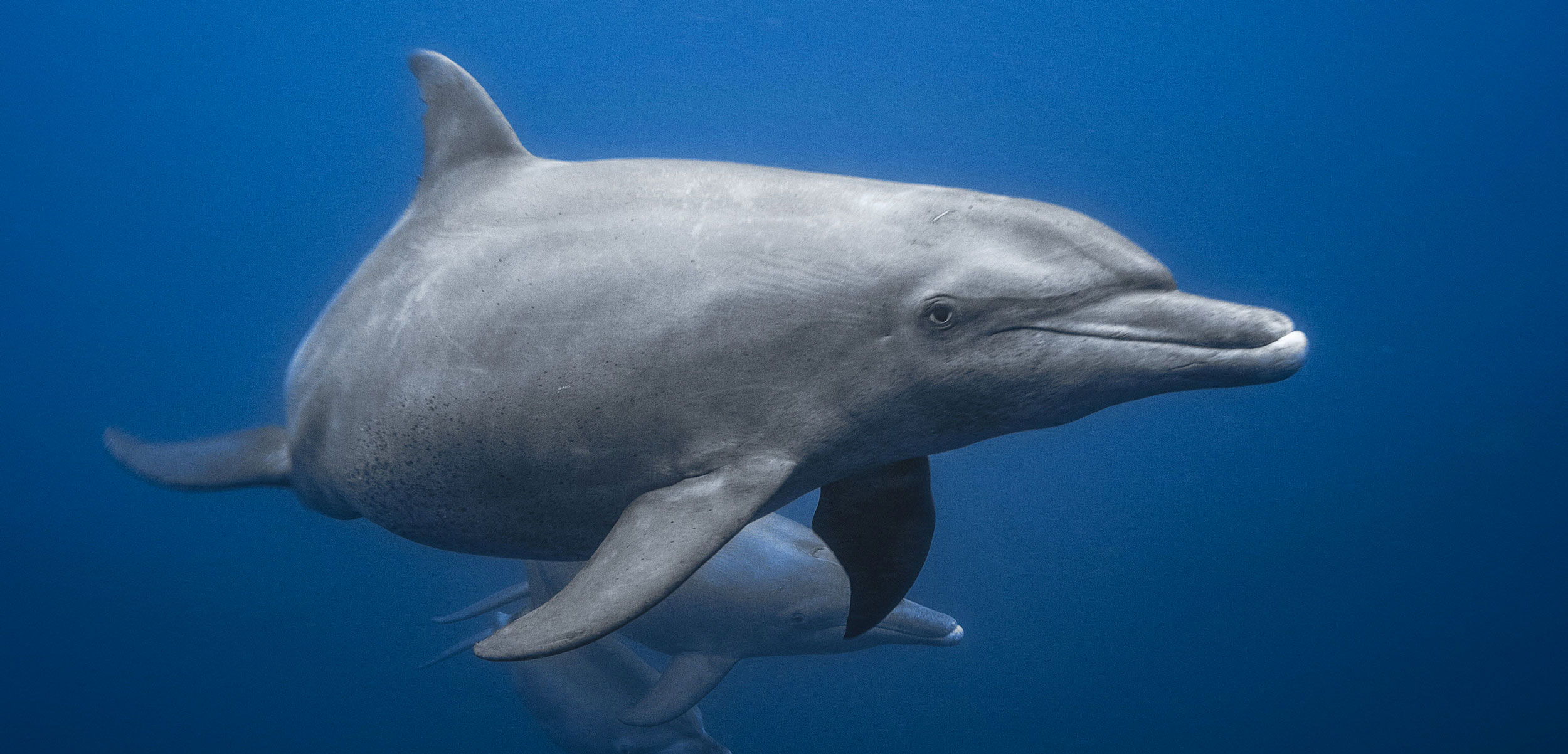Indian Ocean By-catch Claims Millions of Dolphins
Gill net fisheries in the ocean have killed four million dolphins since 1950.
Article body copy
In fisheries management, “dolphin-safe tuna” is an oft-repeated success story. Signed into US law in 1990, the certification program imposed strict regulations on purse seine tuna fisheries in the eastern tropical Pacific, bringing to an end a string of deaths that saw millions of dolphins accidentally caught and killed in just a few decades.
But similar levels of dolphin by-catch have gone unabated in the Indian Ocean. According to a new study, gill net tuna fishers in the Indian Ocean have caught an estimated four million dolphins since 1950. This toll has been largely ignored, says Charles Anderson, a Maldives-based marine biologist and lead author of the study.
“This level of by-catch is unsustainable,” he says. The number of dolphins being caught “is directly comparable to the number of whales taken by all commercial whaling during the entire 20th century.”
Indian Ocean gill net fisheries are poorly monitored, which is why precise by-catch statistics have eluded scientists for decades. For the new study, Anderson and his colleagues combined data from multiple published studies to estimate a cumulative figure.
Disconcertingly, they found that dolphin by-catch is falling even as tuna catches rise. Far from a good sign, the scientists interpret this to mean that Indian Ocean dolphins may be in trouble. Some populations may have already decreased by as much as 93 percent, with localized declines reported in Sri Lanka, Tanzania, and the Persian Gulf.
Though there is considerable uncertainty around these extrapolated estimates, the authors stress that their figures are alarming and that urgent action is needed to curb by-catch.
Most Indian Ocean countries, however, lack even basic information on the size and distribution of dolphin populations, says Nina Wambiji, a fisheries scientist at the Kenya Marine and Fisheries Research Institute in Mombasa. To address this void, regional fisheries management organizations should first encourage a robust cetacean data collection program, says Wambiji, including “deploying scientific observers in all vessels, camera monitoring on vessels, and use of vessel monitoring systems.”
Teaching fishers to modify their gear with low-cost technology, as Wambiji has done in northern Kenya, could also help reduce the numbers of dolphins caught accidentally.
Ecotourism could also play a part. “Responsible dolphin watching expeditions can provide alternative livelihoods for local communities and promote conservation,” says Nelly Isigi Kadagi, a joint postdoctoral fellow at the University of Denver in Colorado, and the US nonprofit One Earth Future.
Ironically, past conservation efforts may have actually contributed to the by-catch data vacuum. In 1979, a ban on whaling led to the creation of the Indian Ocean Sanctuary (IOS). After an initial flurry of research, monitoring ceased, and the fishing boats crept back in.
“There was an assumption that the very existence of the IOS somehow meant that any issues with cetaceans within the Indian Ocean had been sorted,” Anderson says. “Nothing could be further from the truth.”

